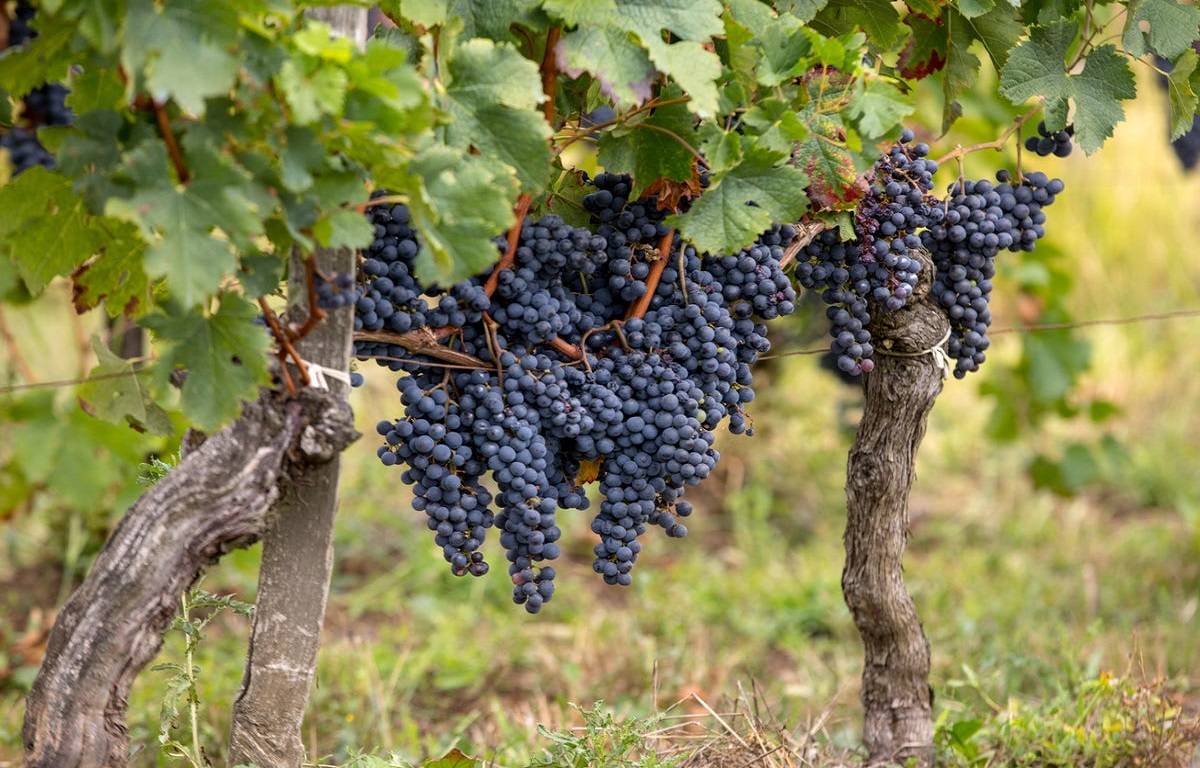
Let's explore some of the unusual grapes that are making their way onto wine lists by looking beyond the customary and common grapes.

Rarest Grape Variety in The World:
Carmenere
Carmenere grapes originated in France. Today, this variety is mostly grown in Chile and is sometimes found abroad as well. This grape variety has not attained a high degree of popularity around the world in part because it is particularly vulnerable to phylloxera. When cultivated under ideal conditions, this grape yields a wine similar to Merlot or Cabernet Sauvignon.

Furmint
It is a central European grape that is frequently planted in Hungary, where it yields the greatest dessert wines on earth, known as Royal Tokaji. It is a vine with a wide range of uses and can make both sweet and dry wines. Furmint wines typically contain dried apricots, dark honey, candied almonds, and a ton more. They taste like the greatest Christmas cake you've ever had in a glass.
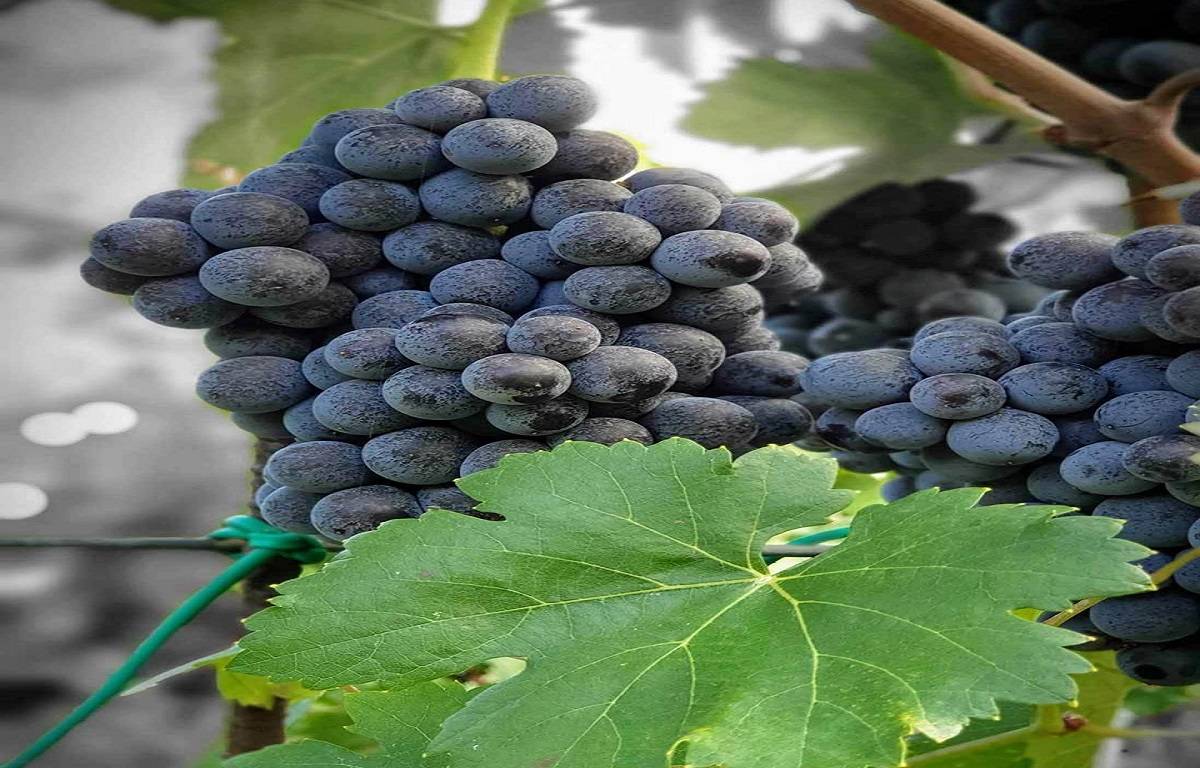
Nerello Mascalese
A grape with black skin that thrives frequently on Mount Etna's volcanic slopes. This varietal has flinty minerality, silky tannins, and a little high alcohol content despite its light hue. Fresh red wines with juicy, herbaceous flavours and aromas of wild berries are produced as a reflection of the environment. Given its distinct flavour, tannins, and colour, it is a high-quality vine that is likened to grape varietals like Pinot Noir.
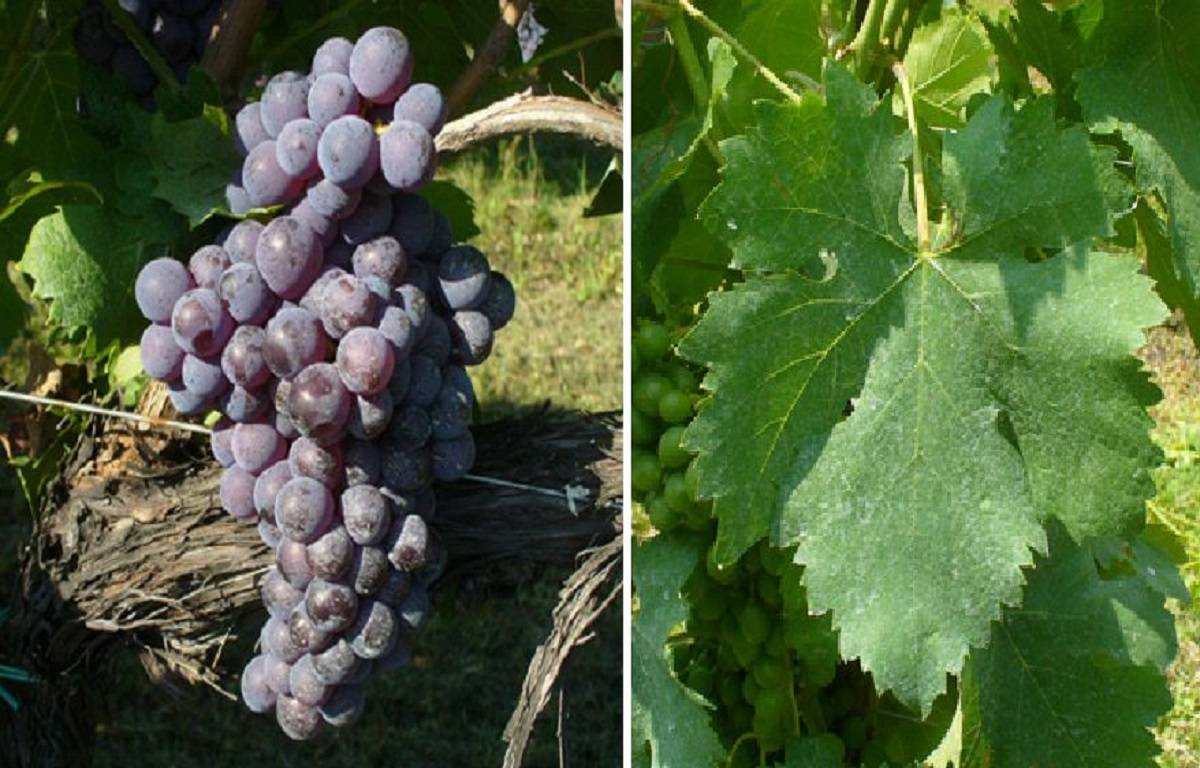
Gaglioppo
Gaglioppo is a grape variety from southern Italy that produces gloriously rustic red wine with a rose-like scent and gripping tannins. To shield the grapes from the weather in southern Italy, they are cultivated at great elevations. And to preserve their good acidity levels and avoid them tasting too jammy and stewed after vinification, many growers opt to select them early in the season.
Controlling the temperatures during fermentation is also crucial because if temperatures rise too high, Gaglioppo can quickly oxidize and lose its structure. This grape variety's wines go beautifully with traditional Italian dishes like pizza, fatty meats, and Bolognese spaghetti.
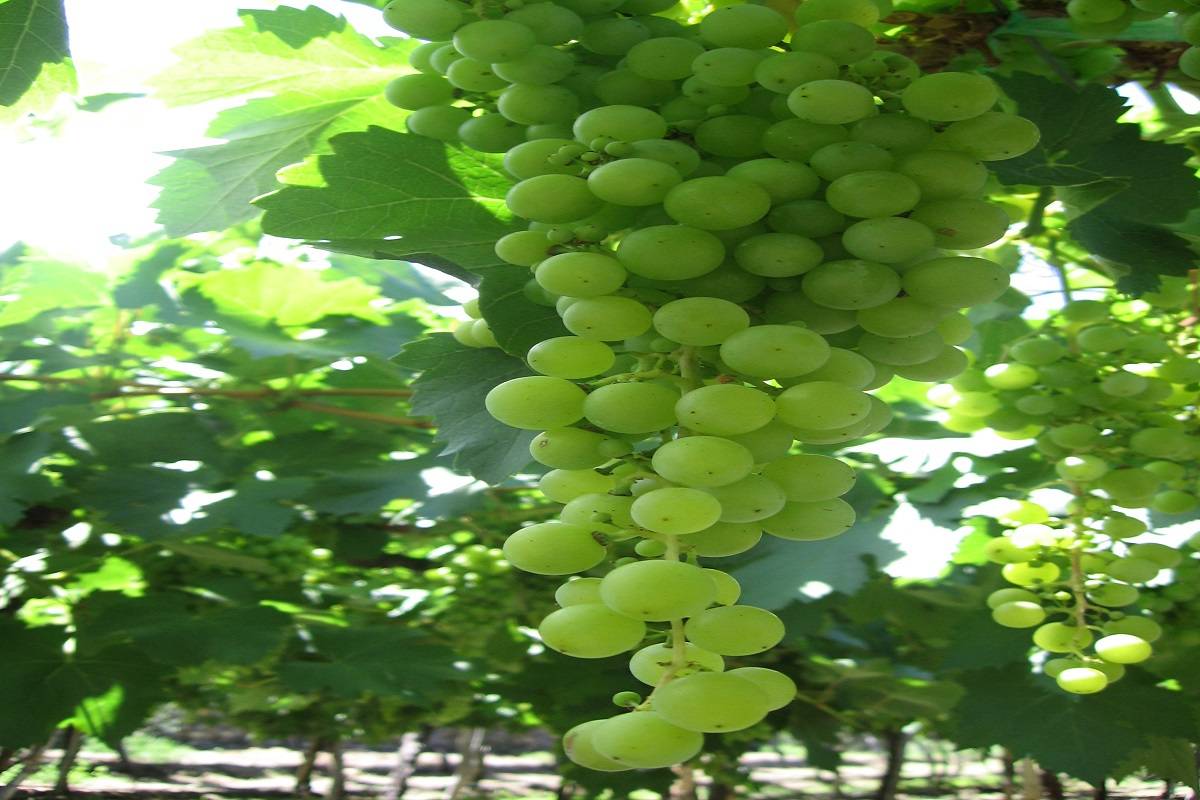
Torrontes
Argentina is frequently linked to this grape. A smooth wine made from this white grape has high acidity, a pronounced floral scent, and flavours of white peach and lemon zest. It is recognized as the ideal wine to combine with foods from cuisines like Mexican, Indian, and Asian since it can be both sweet and bitter at the same time.
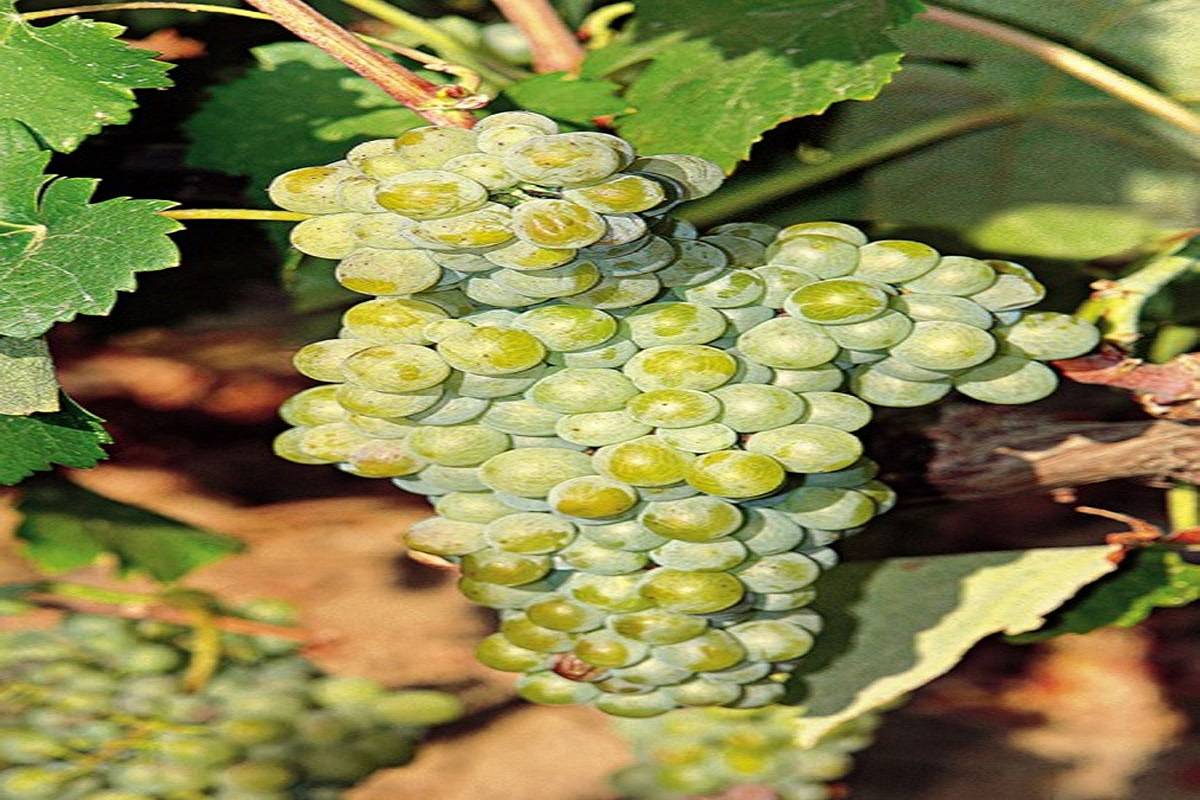
Malagousia
A fragrant white variant called malagousia is produced in Greek Macedonia and Central Greece. Peach and citrus flavours can be seen in it. It has a rich flavour that is constantly fresh and a somewhat high alcohol content. Malagousia is a grape that is renowned for generating excellent dry white wines as well as a few exquisite sweet varieties that are created using late-harvest fruit because they are even denser and more fragrant. It produces a robust, vibrant wine that is both rich and zesty. Try serving it with fried zucchini and light pasta and fish dishes.
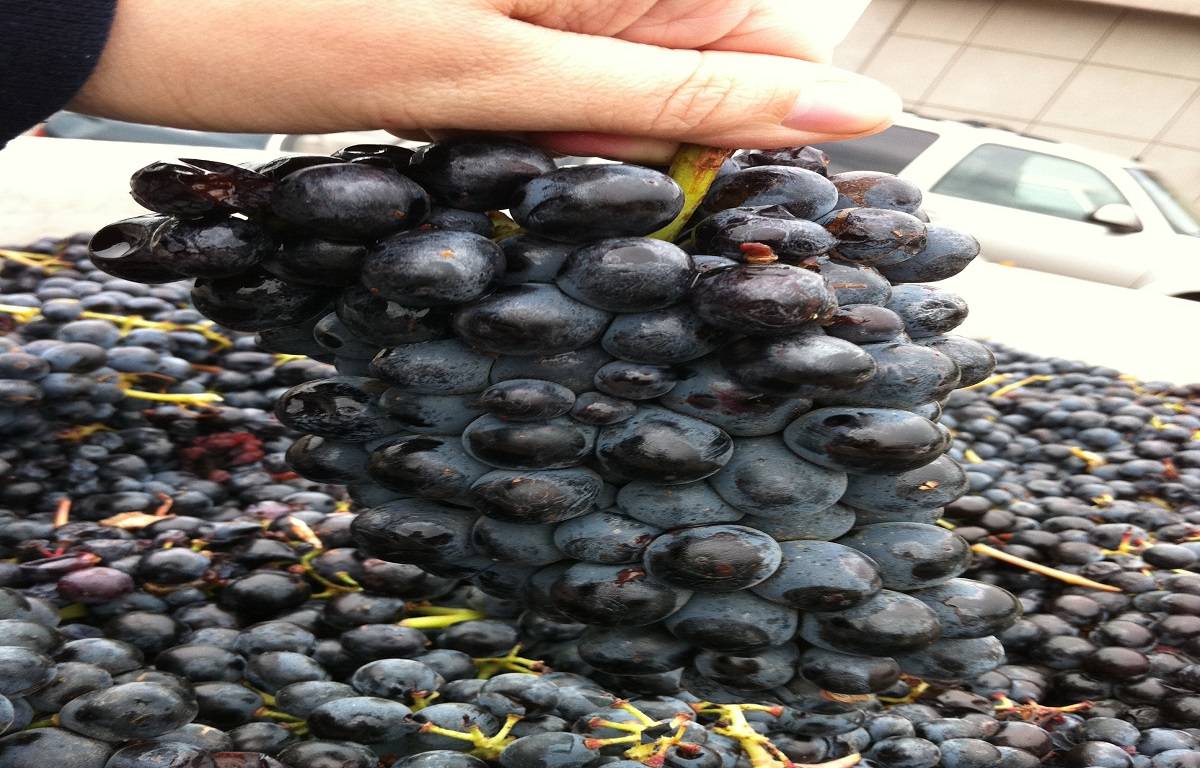
Barbera
Barbera is the wine to choose if you want to experience authentic historical Italy. This grape was thought to be common since it was so widely planted. In Italy, Barbera vineyards have been continuously producing wine for hundreds of years, and many of the vines there are genuinely old. Barbera was used to making inexpensive, readily available table wine that was mostly consumed by the local market.
Barbera typically has a medium body, strong acidity, low tannins, and flavours of tart cherries and other red fruits. Italian food is a traditional partner for Barbera, particularly meals with meat and tomato-based sauces. Although it matures marvellously, it tastes best when consumed when still fresh and goes well with a variety of meaty foods.
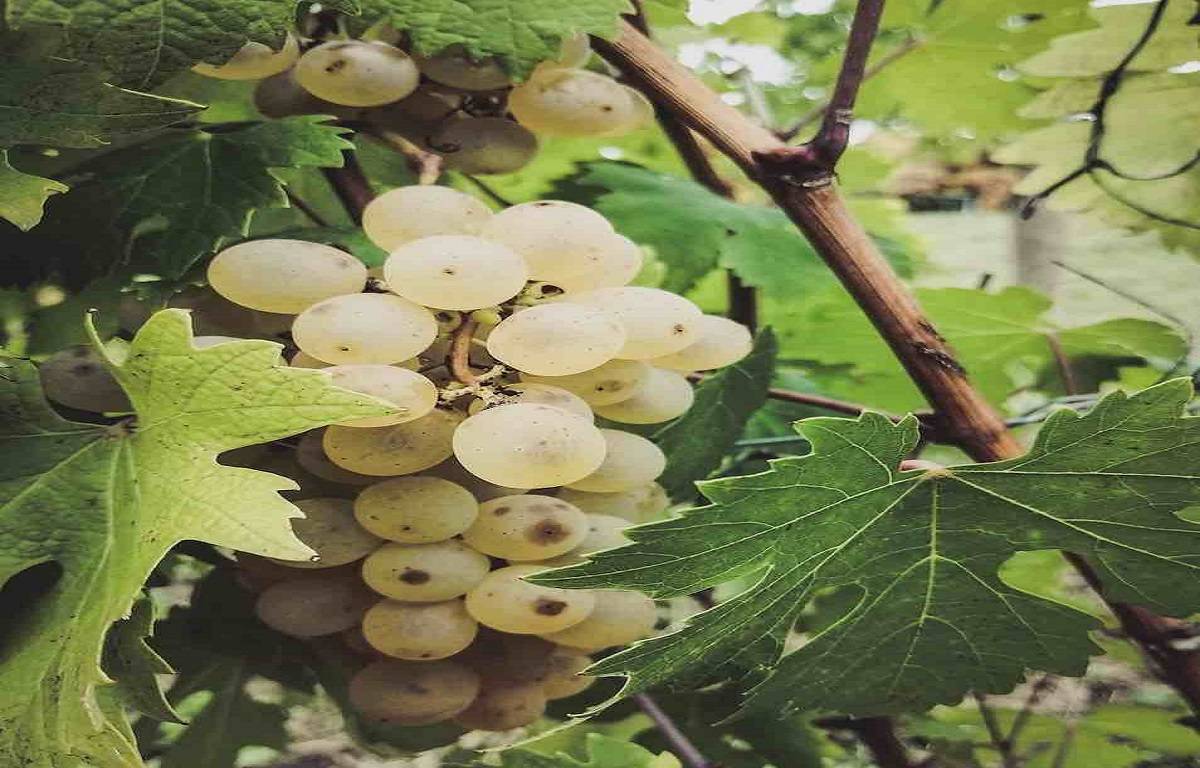
Nascetta
A white Piedmontese variety named Nascetta comes from a turbulent but intriguing background. The grape is local to the Alba region and is planted in the Barolo and Novello hills. Citations of its cultivation date back 140 years. It had been lost for a very long period until being unearthed in the 1990s. Nobody knows how it reacts in the bottle if maintained for a longer period because it was forgotten.
Though unpredictable and challenging to grow, this grape has considerable promise when properly produced. A light-yellow wine with greenish reflections is produced from the Nascetta grape. Herbs and citrus notes are characteristics of Nascetta. The fragrance is strong and fragrant, with notes of honey, acacia blossoms, and tropical fruits.

Shavkapito
Georgia is home to the dark, rich red grape known as Shavkapito, which was long favoured by royalty. With only 24 acres it is said to be grown in Kartli Valley, and the grape is only accessible in small amounts. It is a late-ripening cultivar that yields robust wines with a lot of berry flavour and vegetal undertones. It works well with sparkling rose wines. This regal red wine, which Georgian monarchs traditionally drank, has a silky finish and a scent full of plum and cherry flavours with hints of liquorice and smoky leather and tobacco.
















